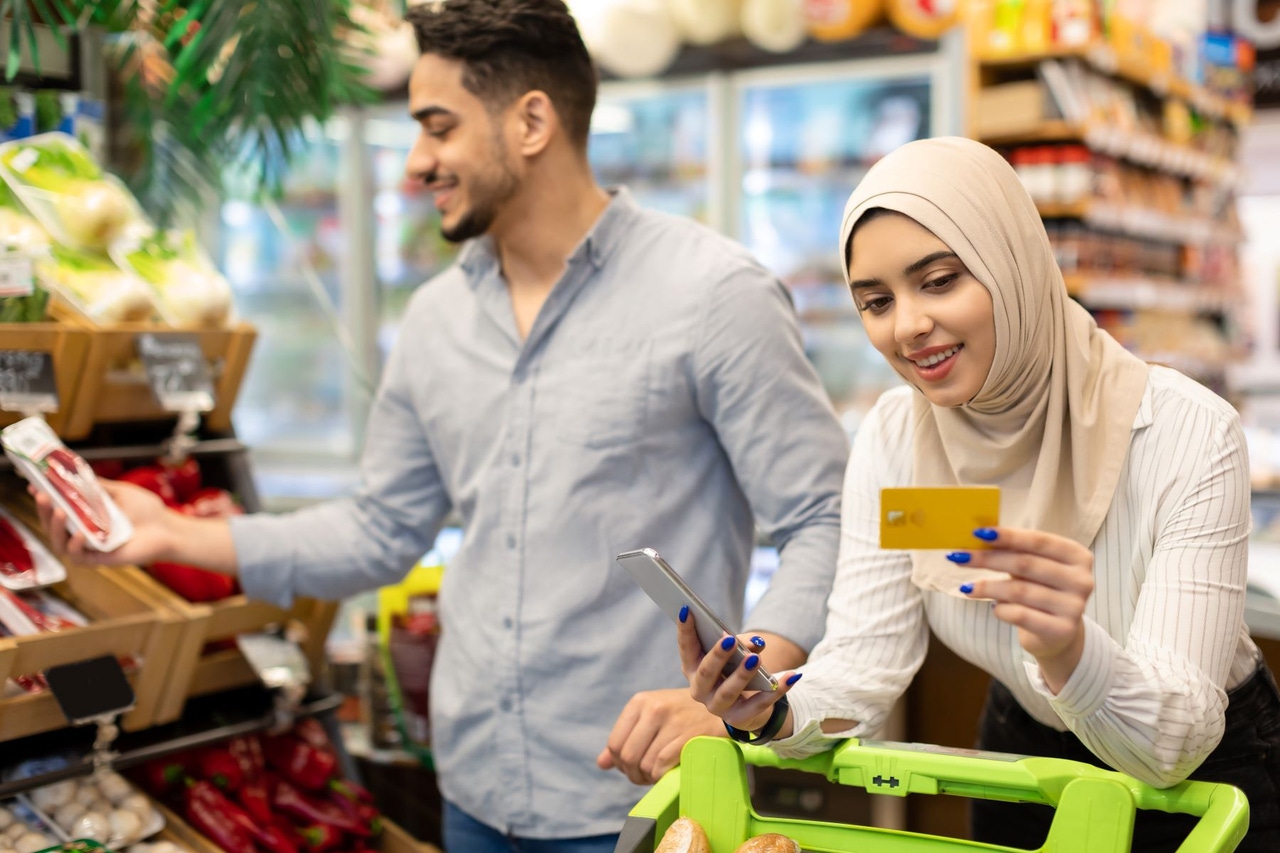Improving digital loyalty on grocery executives' 2023 to-do listImproving digital loyalty on grocery executives' 2023 to-do list
Nearly three-quarters of grocers believe digital shopping has made shoppers less loyal, a new report says.

Nearly three-quarters of grocers say in a new survey that digital shopping has weakened customer loyalty, and that’s why a strong digital presence is critical—even if it is through a third-party vendor.
The survey released Monday, “Shopper Loyalty in the Digital Age: Hard to Win, Easy to Lose,” a collaboration between grocery data firm Incisiv, FMI - The Food Industry Association and customer-data platform Loyal Guru, revealed that 74% of grocers believe digital shopping has made shoppers less loyal.
Digital grocery sales reached $128 billion in 2022 and made up 14% of all grocery sales. While still just a fraction of the overall market, digital sales have quadrupled over the last three years, according to the report.
Nearly two-thirds of shoppers (63%) bought at least some of their groceries through a digital platform in 2022. “This shift in behavior is due to the convenience of anywhere-shopping and the ease of making purchases from digital devices. Furthermore, consumers are also using their mobile devices to enhance their store experience,” the report noted.
While online portals and third-party digital vendors can help drive traffic to a grocer’s store, they also create opportunities for negative experiences, grocers said in the survey. Nearly nine out of every 10 grocers surveyed (88%) said that a bad third-party experience can hurt shopper loyalty, and 76% said a poor web and mobile experience has the same effect.
This is why 71% of C-suite grocery executives are making digital sales a priority in 2023. “Digital transformation has revolutionized the convenience of grocery shoppers, but it also poses a challenge to traditional loyalty,” said Gaurav Pant, chief insights officer of both Incisiv and Grocery Doppio, in a statement. “Grocers must recognize that poor digital experiences can lead to lost loyalty, and thus prioritize building a digital-focused loyalty program that enhances the omnichannel shopper journey."
And according to the survey, neither customers nor grocers are happy with the digital component of their loyalty programs. Just over a quarter (27%) of grocers said they were satisfied with their digital loyalty programs, and a mere 17% of shoppers agreed.
That could be due in part to a disconnect between the digital and real-world experience, the report suggests. "For example, many shoppers may find it difficult to track and redeem their rewards online or through a mobile app. Additionally, the user interface for these digital components may not be user-friendly, making it difficult for shoppers to navigate and understand their rewards,” the report noted. “Furthermore, a poor web and mobile experience may also contribute to low satisfaction with the digital aspects of grocery loyalty programs.”
Those issues could take the form of "slow page load times, technical glitches and poor navigation" on the various digital portals, according to the report. “Another reason could be related to the quality of the digital experience provided by third-party providers—while grocery loyalty programs (earn and burn) may not be accessible on third-party apps, shoppers may not understand or appreciate it,” the report added.
The disappointment in existing digital loyalty programs also could be a result of shoppers' desire to lower their costs, according to Borja Sanfeliu, CEO of Loyal Guru, in a statement, adding that shoppers are making more mindful decisions about their spending, particularly in response to rising interest rates.
“As a result, grocers are reporting more engagement with loyalty programs that offer exclusive deals and discounts, private label growth and a need to explore new monetization opportunities,” Feliu said. “In this regard, the hottest topics right now revolve around next-gen loyalty solutions, retail media and building stronger customer relationships via technology,”
The report noted that 82% of shoppers prefer to receive price discounts and points as part of their loyalty program. That’s why 93% of grocers say they aim to reduce the impact of inflation on shoppers in 2023, making it their No. 1 goal. That’s followed by 85% who plan to use loyalty to gain new shoppers, 77% to improve shopper retention and 61% to increase the average basket size.
Incisiv is hosting a webinar on Wednesday to discuss the topic, featuring Incisiv's Pant; Stef Cervantes, head of marketing at Loyal Guru; and Steven Markenson, vice president of research and insights at FMI.
They will discuss the questions:
How has digital adoption changed shopper loyalty?
What do shoppers want in grocery loyalty programs?
What capabilities do grocers need to improve their loyalty execution?
What are the top challenges facing grocers in loyalty execution?
The story has been updated to correct the spelling of Borja Sanfeliu's name.
About the Author
You May Also Like



.webp?width=300&auto=webp&quality=80&disable=upscale)


